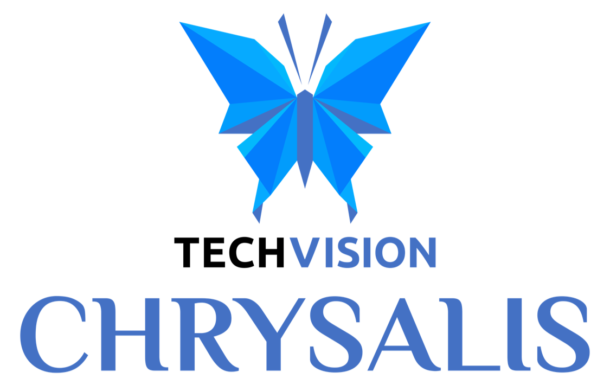About a month ago I wrote a short blog about the “End of EA and IT as we know IT” and expected a few hundred people to read the post and a few comments. At this point 4,000 people have read the previous LinkedIn post with hundreds of comments, appropriate critiques and great input. That has led me to summarize some of the feedback, address a few questions and to provide some clarification and refinement of our position in this post. TechVision Research is also offering a “live” webinar later this month to provide even greater coverage of this challenging, but critical topic.
The bottom line is that the concept of rethinking IT based on the impact of the cloud really resonated with CIOs, CTOs, EA professionals, LOB executives and many other IT and business leaders. I’ll now address a few questions and our answers, provide some updated summary thoughts and finish with a link to our upcoming webinar.
Question/Comment 1 Theme: We don’t understand the breadth of EA and its value to the organization
We understand that EA is broader than just IT, but the pragmatic reality for a lot of organizations is that Internet innovation moves at the speed of light and corporate EA often hasn’t adapted while business units are often moving to cloud-based services that circumvent central IT. We are advising organizations to structure IT in way that recognizes there is no longer a well-defined perimeter and, instead, focuses on driving business results. To do this enterprise architects need to develop business-centric skills, have an increasing knowledge of cloud-based services and external solutions and focus on building a foundation that features flexibility. We are not saying that the enterprise architecture function or IT is dead, we are saying that the skills required to support the next generation of IT needs to have a serious face-lift.
Question/Comment 2: What is the Chief Innovation Technology Officer (CITO) and how does it fit within this new model for IT?
We’ve received a lot of feedback about future IT organizational models and the CITO role we described so I’ll add a bit more context. The underlying premise is that businesses need greater speed and innovation to remain competitive and that corporate IT can add friction to these goals. New leadership roles must provide lower friction and organizational support for the innovation and iteration. This role should include the following:
- An executive reporting to the CEO who understands technology and related ecosystems and how it is likely to evolve.
- An executive that can act as a broker between the business units to provide coordination and prioritization leveraging internal and external resources. This executive needs to also work closely with the CEO to prioritize business goals as they apply to technology-driven expenditures.
- Someone who has the organizational and leadership savvy to lead the transition to a new way of working and thinking.
Summary Thoughts
The “cloudification” of IT and opportunities for disruptive change and accelerated competitive advantage has provided a foundation for the recommendations we are offering. Cloud-based solutions present the opportunity to experiment, iterate and innovate. We believe that it isn’t a matter of IF organizations will be moving to the models we are describing, but WHEN–and the when can dramatically change business results.
TechVision Research is offering a live webinar on July 28th at 1:00 PM ET to present our thoughts and address any questions you may have on the “End of EA and IT as we know IT”. We will include in the Webinar a suggested action plan with the steps organizations should take today, in 6 months and over the next few years in modernizing IT and achieving business goals. It is complementary for technology end-user organizations and you can register here: https://techvisionresearch.com/End-of-ea-and-it-webinar/


Recent Comments